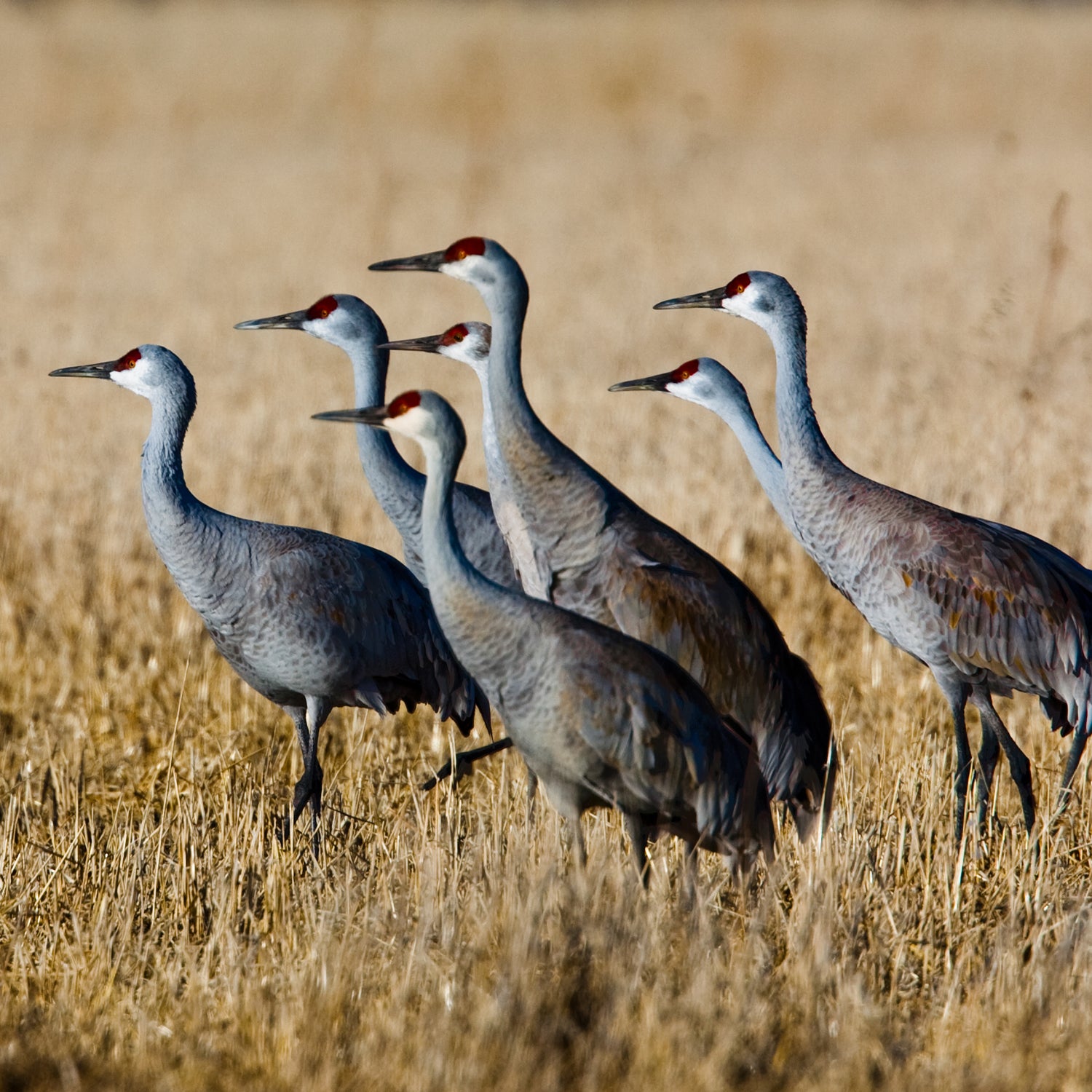An underreported fact about Keystone is that the pipeline and the carbon-intensive tar sands oil it would carry would pose a dire risk to wildlife, communities, and landscapes every step of the way.
At the mines in Alberta, tar sands developments are transforming formerly pristine boreal forest into toxic tailings ponds and open-pit mines in an area the size of Florida. This forest provides critical habitat to numerous species of waterfowl and songbirds, as well as the Canadian lynx, woodland caribou, and many other species. Producing a barrel of tar sands from the sticky bitumen found beneath the forest generates three times as many greenhouse gas emissions as producing a barrel of conventional oil–meaning Keystone would also exacerbate climate change, the single greatest threat facing wildlife today.
Transporting this dangerous oil would also pose a threat to wildlife along the entire proposed route, where impacts from construction and the inevitable spills that come with tar sands pipelines would imperil species like the tiny swift fox, the elegant whooping crane, and the endangered pallid sturgeon.
The Enbridge pipeline in Michigan leaked nearly a million gallons of tar sands oil into the Kalamazoo River in 2010, poisoning people and wildlife for miles around. Because tar sands oil is so heavy, it sank to the bottom of the river, making cleanup nearly impossible. Keystone would pump more than 800,000 barrels of this heavy, toxic oil across 1,073 rivers, lakes, and streams and near the precious Ogalalla Aquifer in Nebraska, home to the iconic sandhill cranes and hundreds of family-owned farms and ranches.
Finally, tar sands oil threatens communities and wildlife at the end of the line, on the Gulf of Mexico, where tar sands refineries spew an array of toxic air pollutants known to cause cancer, birth defects, and respiratory conditions like asthma. The refineries also produce a by-product known as petroleum coke, or pet coke, a heavy black coal-like powder, often stored in uncovered piles along rivers, where a small mistake could be costly to local ecology. Pet coke can also be burned to generate electricity, though it is an extremely carbon-intensive fuel source, further adding to tar sands’ contribution to climate change.
Keystone would imperil wildlife and communities along the entire proposed route. It’s time for our leaders to stand up for our country’s wildlife, communities, and landscapes and say no to this toxic project once and for all.
Lena Moffitt () is the manager of federal policy on climate and energy program for the .


